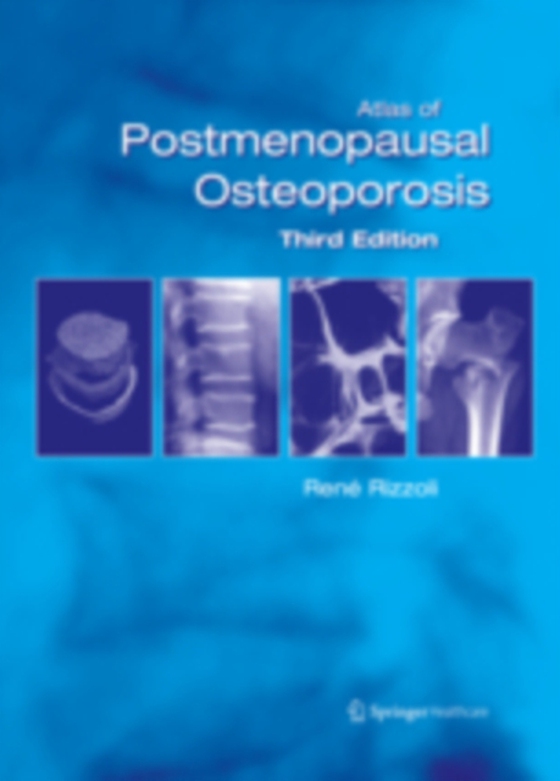
Atlas of Postmenopausal Osteoporosis e-bog
436,85 DKK
(inkl. moms 546,06 DKK)
Rene Rizzoli Menopause is the time in a woman's life when reproductive capacity ends. Ovaries decrease their activity and the production of sex hormones ceases. This period may be associated with a large variety of symptoms affecting the cardiovascular and urogenital systems, as well as skin, hair and bone. Bone capital is accumulated by the end of the second decade and remains more or less con...
E-bog
436,85 DKK
Forlag
Springer Healthcare
Udgivet
25 oktober 2011
Genrer
MJM
Sprog
English
Format
pdf
Beskyttelse
LCP
ISBN
9781907673283
Rene Rizzoli Menopause is the time in a woman's life when reproductive capacity ends. Ovaries decrease their activity and the production of sex hormones ceases. This period may be associated with a large variety of symptoms affecting the cardiovascular and urogenital systems, as well as skin, hair and bone. Bone capital is accumulated by the end of the second decade and remains more or less constant up to the time of menopause. Sex hormone deficiency leads to accelerated bone turnover, a negative balance and microarchitectural deterioration, which compromises bone strength, thereby increasing bone fragility and, thus, fracture risk. By the age of 80, it is estimated that 50% of trab- ular bone will have been lost. Natural menopause occurs between the ages of 45 and 54 years all over the world. This age does not appear to have changed significantly over the centuries. In contrast, since the middle of the 19th century, life expectancy, particularly in women, has increased considerably, with most women living to the age of 80 years or more in many regions of the world. This means that at the age of 50 years, a woman will live for more than 30 years without bone protection by sex hormones. This r- resents more than one-third of a woman's life. At the age of 50 years, the lifetime risk to experience a fracture is about 50% (ie, one out of two women will have a fracture during this period).
 Dansk
Dansk

